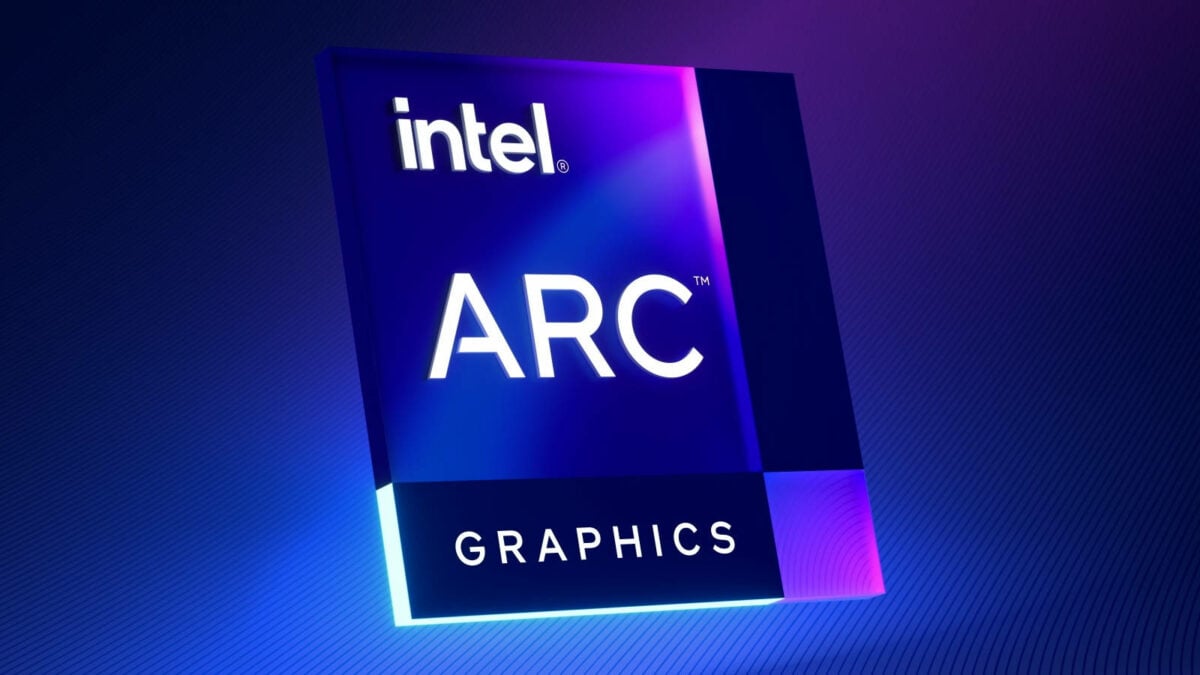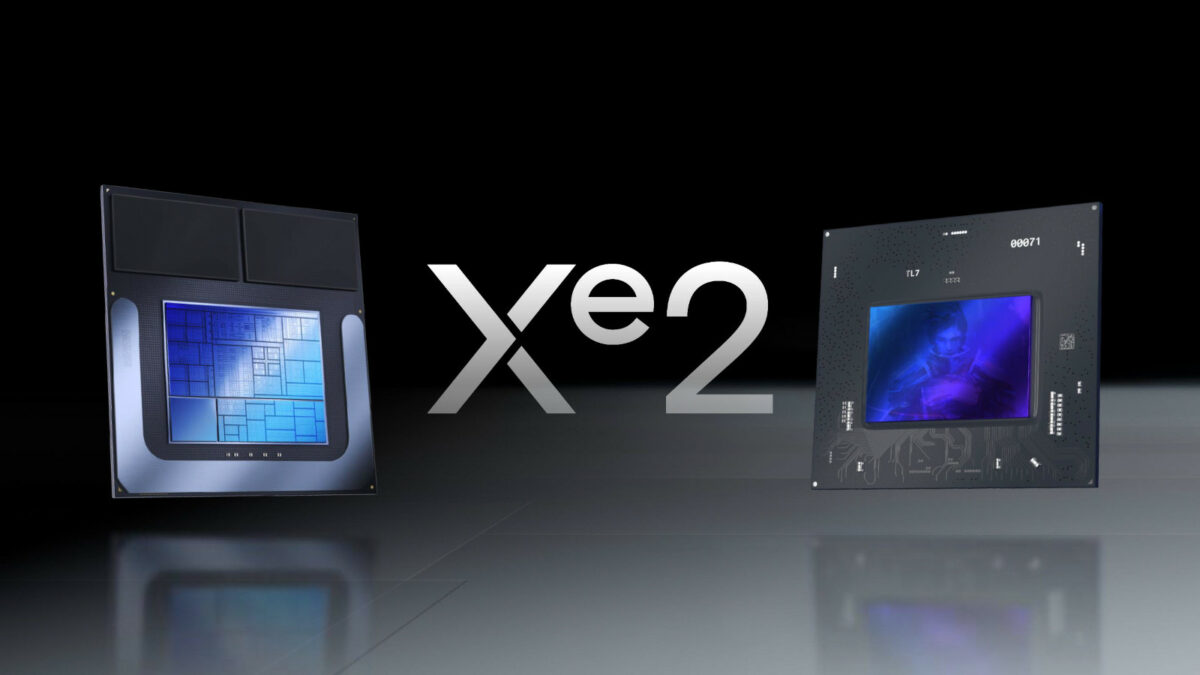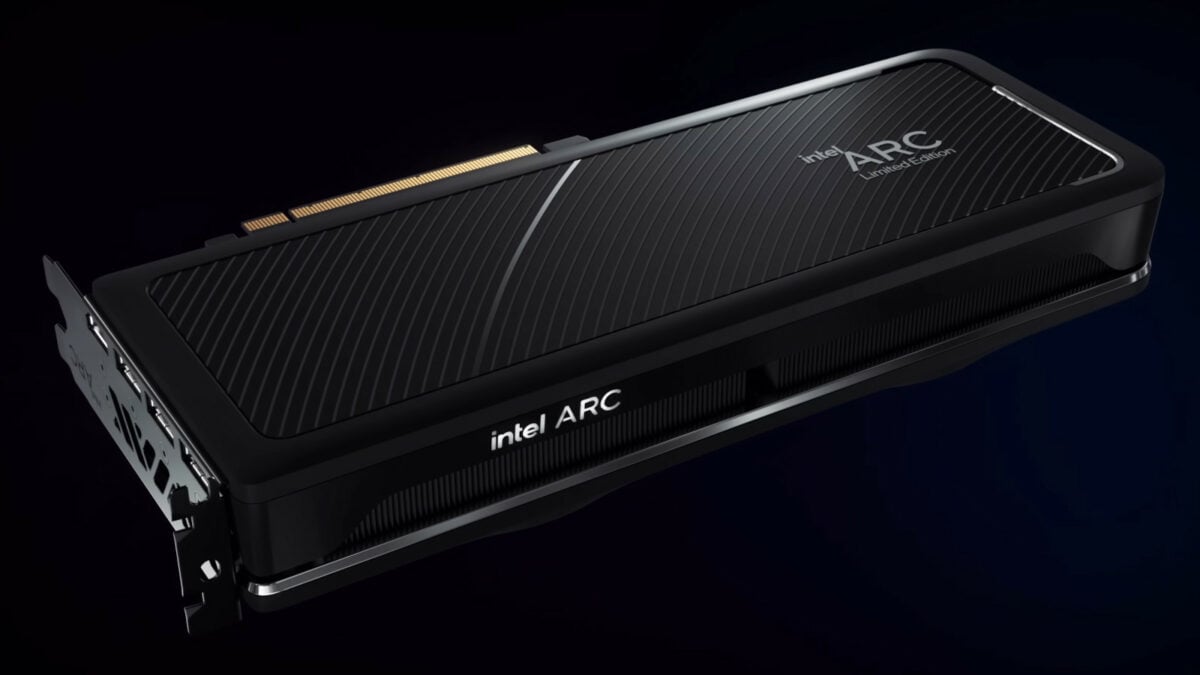Intel Arc Battlemage appears to have overcome the odds and should usher in a new era of graphics for Team Blue. The company is keen not to repeat the mistakes of the past, promising improved compatibility and performance in equal measure. It’s doing so cautiously, however, creating a fog of confusion and mystery around its new Xe2 architecture. If you’re keen to learn more, we’ve put together everything you need to know about these upcoming GPUs.
Upcoming B-series pixel pushers, more excitingly known as Battlemage, will be the best graphics cards Intel has ever made. Following the chaos of Alchemist, the company has practically resigned its graphics architecture from the ground up. Providing there are no unexpected instabilities lurking in the Xe2 architecture, they should make for much more compelling competition to GeForce and Radeon. That’s across the desktop and mobile space.
As a reminder, Intel hasn’t revealed all about the next-generation of Arc. Everything is subject to change until then, so take every bit of information below with a pinch of salt. Expect to see continuous updates to this guide as more becomes known about Battlemage.

Intel Arc Battlemage release date
Intel initially aimed to release Arc Battlemage in 2023, just one year after its Alchemist series. With these ambitions quashed, the company now plans to launch its first Xe2 GPUs in 2024. These dies will serve as integrated graphics on upcoming processors. Meanwhile, desktop cards could arrive shortly afterwards, but 2025 looks more likely.
Xe2 architecture will debut in Core Ultra 200V mobile processors alongside Intel’s Lunar Lake CPU cores. The keynote for these models takes place on September 3, with a launch presumably following shortly after. Expect to see these chips and their iGPUs powering laptops and handhelds alike in the coming months.
As for when full-fat Battlemage (B-series) graphics cards will land, those details are a closely guarded secret. Speaking to PCWorld at CES 2024, Intel fellow and Arc champion Tom Petersen “hoped” they’d materialise before 2025. This marks the last thing close to an official word we’ve had from the company. Shipping manifests containing GPU SKUs emerged earlier this year, but we haven’t heard a peep since.
Worryingly for Battlemage and all future Intel GPU architectures is the company’s bleak finances. In August 2024, CEO Pat Gelsinger ordered a portfolio review to identify “underperforming products” with the intention of culling them. It’s easy to presume Arc fits that description, but we hope that it won’t get the chop.

Intel Arc Battlemage specs
Intel promises the Xe2 architecture behind Battlemage GPU specs is much improved from Alchemist. Numerous upgrades include greater levels of hardware acceleration, providing efficiency and performance gains. Changes to a more advanced fabrication process could also benefit dedicated and integrated graphics dies alike.
Following an Intel deep dive at Computex 2024, we know that Lunar Lake iGPUs will feature up to 8 Xe2 cores. However, Intel is allegedly testing Battlemage desktop cards with 56 Xe cores. The latter core count would be higher relative to the company’s ACM-G10 GPU, found in Arc A770. This, combined with underlying architectural improvements, should lead to notably higher levels of performance.
Leaks suggest Intel has chosen TSMC’s 4nm process to manufacture its Xe2 GPUs. This should allow Battlemage to be more efficient and dense than the current generation 6nm Alchemist stock. This shift would also give the company node parity with AMD and Nvidia, at least until the RTX 50 series and RDNA 4 arrive.
Unfortunately, Battlemage could fall behind in its support of the latest display standards. Alleged patch notes show Intel has backtracked on plans to support UHBR20, limiting its GPUs to UHBR13.5 instead. This would still be an upgrade to Alchemist’s ceiling of UHBR10, albeit a small one.

Intel Arc Battlemage pricing
Intel will likely continue to focus on entry-level graphics cards with Battlemage. If the company adopts a similar pricing strategy to its current generation stock, expect models costing between $110 and $350. It’s unclear whether reference cards that adhere to MSRPs will launch alongside more expensive partner designs.
The pressure is acutely on Intel to competitively price its Battlemage graphics cards. These GPUs will have both Radeon and GeForce competition to contend with, likely both current and next generation. Without specifications for models, it’s difficult to estimate how much difficulty the company has in justifying the value of its pixel pushers.

